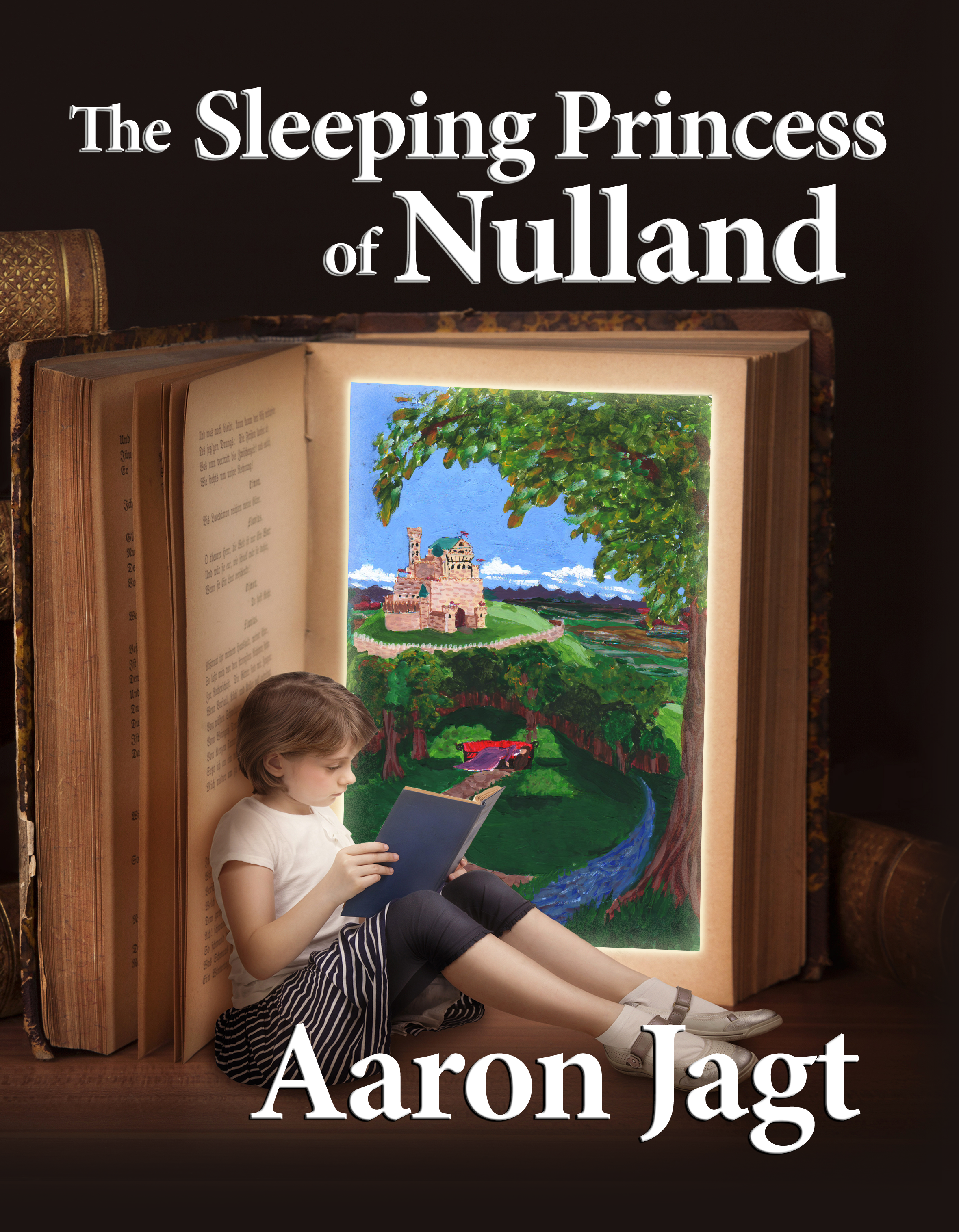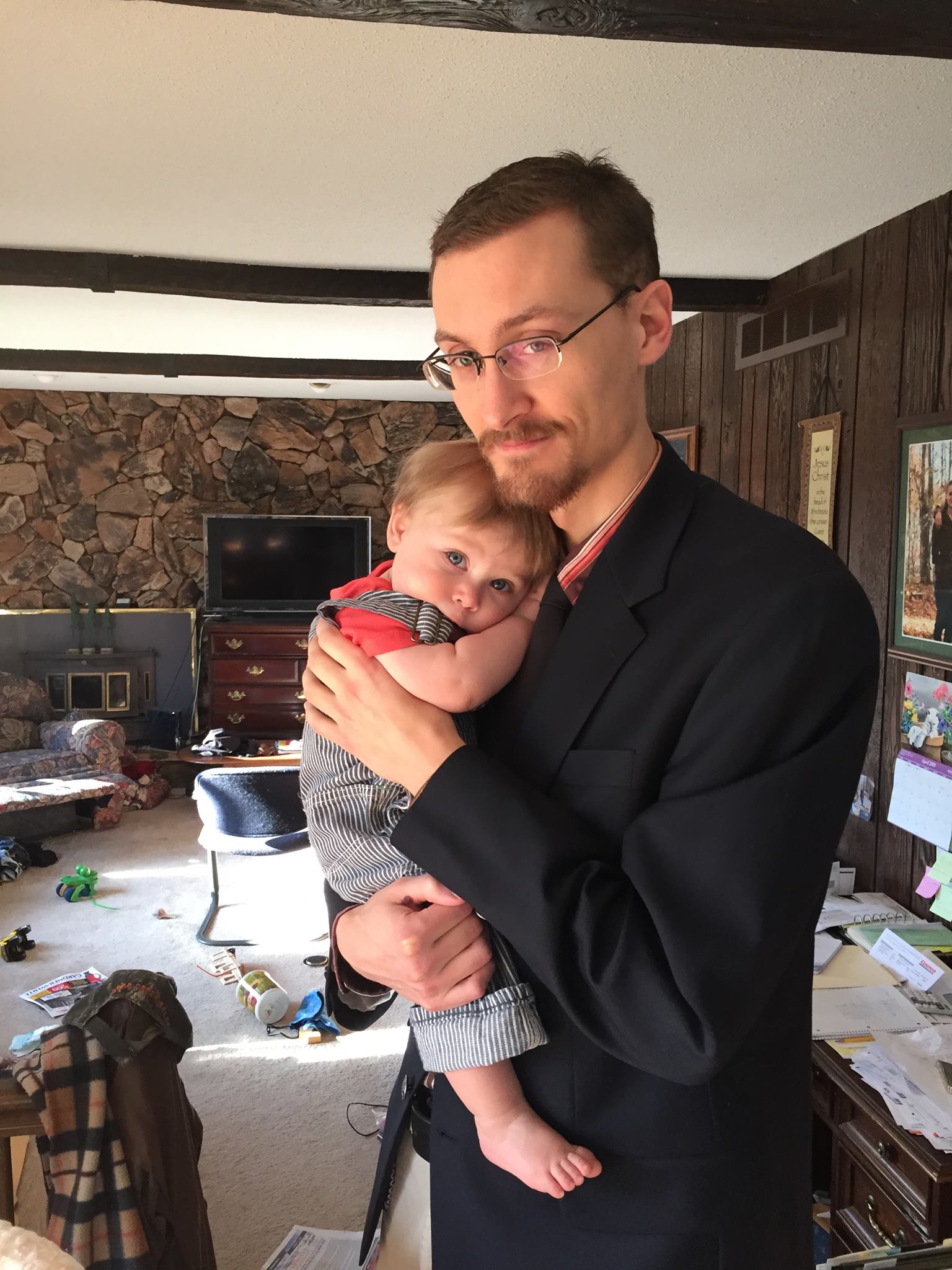RC Online is proud to announce a first: a Robinson Curriculum graduate is now contributing a book to the curriculum. Author Aaron Jagt’s new book, The Sleeping Princess of Nulland has been added to the Bonus Materials – Extra Reading section. This book is also available in printed form from Robinson Books.

The Sleeping Princess of Nulland
By: Aaron Jagt (2016)
Priscilla is a girl who has given up on the world. Her father has died, and everyday life is meaningless and tormenting. She retreats to a world of her own called Nulland, which she is determined to make better than the one she left behind.
Priscilla is pursued into Nulland by her three friends, two sisters and a brother named Samantha, Cynthia, and John, each of whom are intent on saving Priscilla in their own way- which can mean helping but often means hindering Priscilla in her efforts.
In her search for a better life Priscilla is increasingly frustrated by each new failure and driven to greater and greater efforts which eventually sweep entire nations up with her into a blind and treacherous future.
Illustrated by: Leah Jagt
387 pages
From the author:
I wrote the Sleeping Princess of Nulland over the course of nearly seven years, beginning December 1st 2009 and ending at the time of this publication on June 22nd 2016.
As is common with such a prolonged enterprise, there were many persons who provided help in various ways, from inspiration to helpful comments and critique. It would be amiss to finally take leave of this book without acknowledging those who aided in its creation.
This story was begun upon the instigation of my youngest sister Leah, and the conversation of the elderly man and the young girl at the beginning of the book is an adequate reflection of how I began this story. The introduction of Aethelinda later on was also her idea. “It really needs a dragon in it;’ was her comment I believe.

I have five siblings: Joanna, Rose, Philip, Victoria and Leah. It is entirely likely that different aspects of their personalities grew into the characters of the four children which I have presented to you here.
As the story grew it became more and more evident that it should be completed. There were a few moments that crystalized this ambition. The first was a comment made by a cousin when he learned I was writing a book: “That’s something I’ve always wanted to do;’ he said. I had often stopped writing stories halfway through before, after the initial thrill of creation had subsided; but this comment struck me, and it came to my mind that: ‘Yes, this is something that I have always wanted to do as well. And this time I will: Another moment was upon watching a short video made by Martin Selbrede of Chalcedon on the Christian use of fiction, which further impressed upon me the idea that this was a project worth completing.
I would like to thank Anthony McAtee and his sister Anna, who were among the first read the initial copies and provide their comments, and also Matthew, Bethany, and Fama Robinson, who each read the book and together provided the encouragement necessary for the daunting task of editing and proofreading. Matthew’s help has been invaluable, especially in these latter stages of formatting and publishing.
While it is somewhat embarrassing to list names of established and important figures lest it be considered I compare my work to theirs, it would be a greater crime to not at least make a mention of the influence they have had on my efforts and ideas. I grew up reading the books of C.S. Lewis, J.R.R. Tolkien, George McDonald, Charles Williams, and many other such great authors, and I hope this book acts as something of a testament to the impact their work has had on me.
It was my father who first introduced me to Tolkien, and to the concept of the ‘eucatastrophe; which Tokien defined as a sudden, unlooked for turning of events in a story, a happy ending. It was this idea which he considered every great story must have in some degree, in that every good story must reflect the greatest story ever told: that of Christ and the scriptures.
And in speaking of the scriptures, it most important to mention the work of the man who has had probably the greatest influence on me other than my parents: the Rev. Rousas J. Rushdoony.
Although I began writing in 2009 and ended in 2016, there was a period of about two years in that time where I left this book half finished and only well begun, being involved in working on and managing the ‘Ten Million Word Project,’ an enterprise involving the digitization and transcription of the collected sermons and lectures delivered by R.J. Rushdoony. This work is now available at www.pocketcollege.com.
Between first listening to and then transcribing these lectures I was awash in the work of Rushdoony for a time; and it was his explanations of predestination and the sovereignty of God (based in turn on the work of Rev. Cornelieus Van Til) that presented me with the ideas which I have attempted to represent here.
In particular it was the account of one of his experiences as a young pastor that gave me the foundational idea upon which the character Priscilla was based. This is found in two lectures: Apologetics – II – RR103A2, and Christ the Center – RR197G14. If you are interested, dear reader, I challenge you to peruse those lectures and see if you can find the account that I am referring to.
I am beginning to carry on, so I will end with these two readings: “Then Jesus answered unto them and said: verily verily, I say unto you, The Son can do nothing of himself, but what he seeth the Father do: for what things soever he doeth, these also doeth the Son likewise… I can of my own self do nothing: as I hear, I judge, and my judgement is just, because I seek not mine own will, but the will of the Father which hath sent me:’ – John 5:19, 30
”And we know that all things work together for good to them that love God, to them who are the called according to his purpose:’ – Romans 8:28
A special thanks to Joshua Robinson, who suggested the addition of pictures to the book.
